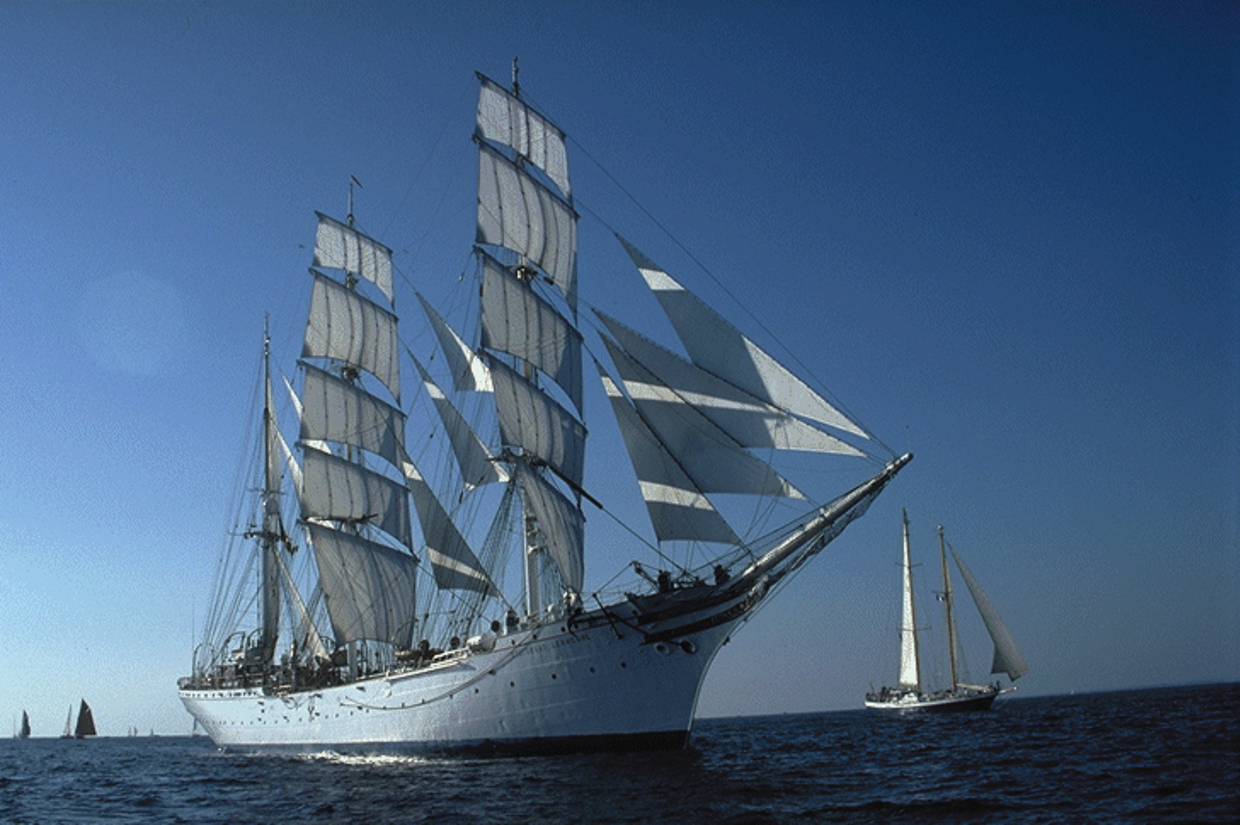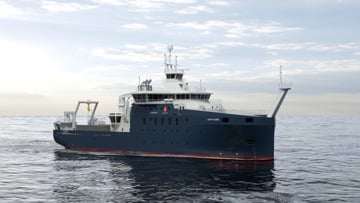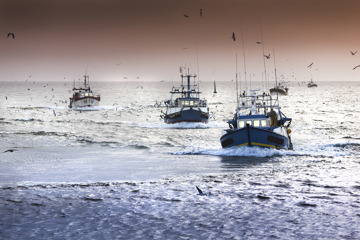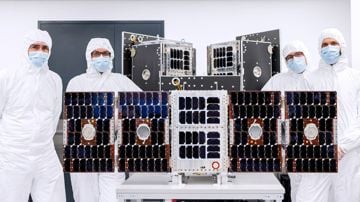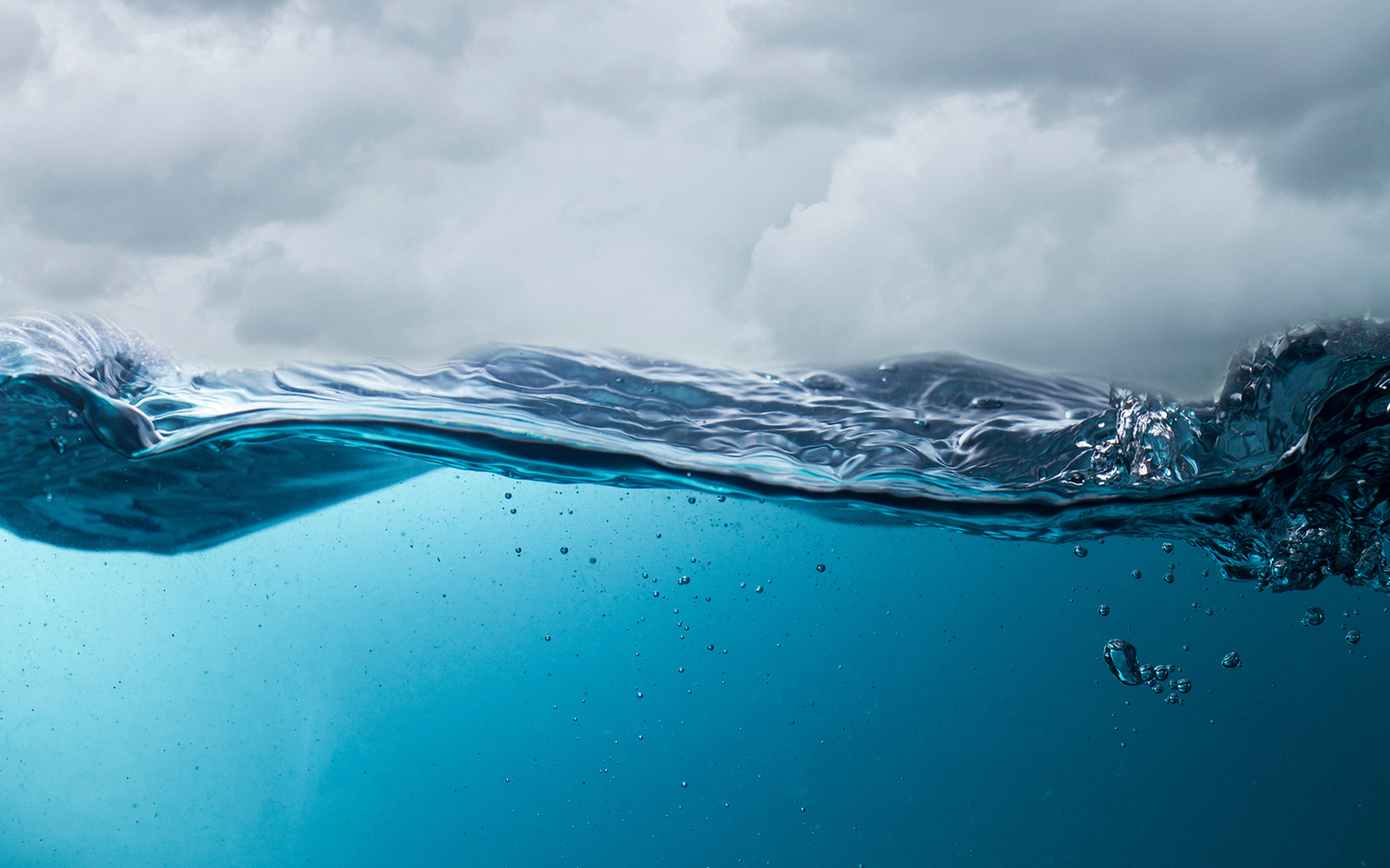
Kongsberg Discovery
Discovering the secrets of the ocean
In a constantly changing market environment, Kongsberg Discovery serves the ocean space from the deepest sea to outer space. We know and understand the challenges the world faces in the sustainability area. We develop solutions and products that are key to understanding environmental implications on the ocean ecosystem as well as solving operational challenges. With decades of in-house competence and experience, we are a trusted technology partner for our customers.

